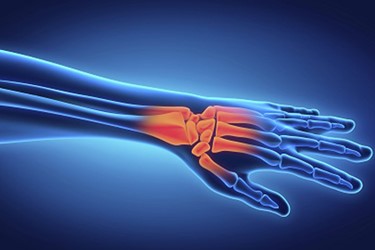Digital Endpoint Resource Guide: Rheumatology

Establishing clinical benefit poses significant challenges and expenses in therapy development. Regulatory bodies and payers increasingly require patient-centered outcomes demonstrating meaningful benefits. Sensor-based digital health technologies offer unprecedented opportunities for objective daily life assessments.
In rheumatology, the FDA and EMA emphasize assessing physical function and walking as crucial efficacy endpoints. Conditions like arthritis and myositis cause daily pain, weakness, and stiffness, severely limiting mobility and sleep quality. Traditionally, in-clinic tests and clinician or patient-reported outcomes are used. Wearables and sensor-based technologies provide continuous, remote patient-centered outcomes, reducing trial participation burdens, increasing success probabilities, and enhancing condition management. Additionally, wearables offer cost-effective vital signs monitoring remotely.
Get unlimited access to:
Enter your credentials below to log in. Not yet a member of Clinical Leader? Subscribe today.
